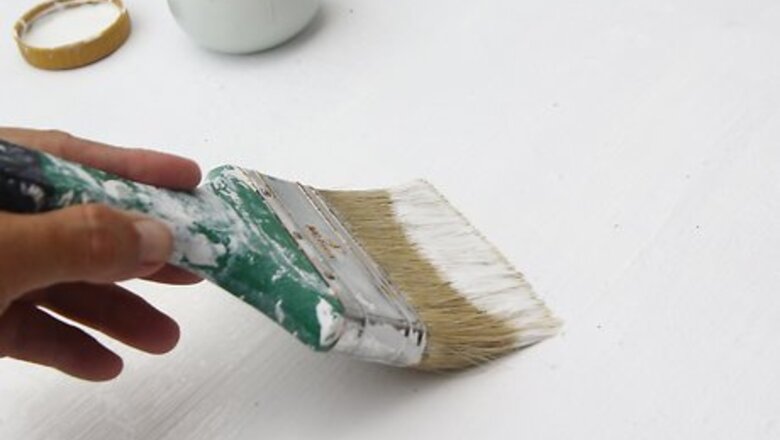
views
Stenciling a canvas

Set up the canvas you want to print on. If you want a colored background on the canvas, paint this first.
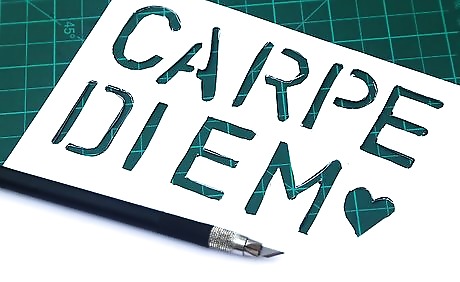
Choose a stencil. The stencil design will need to fit on the canvas. If you're overlaying stencils, plan this out in advance. If your stencil is made from a thinner material (like printer paper), be sure to cut the edges precisely. Use thin slivers of tape under any edges that may fold over or stick up during the paint application, to avoid smearing or paint bleeding over the edges.

Squeeze a little bit of paint onto a palette or a foam plate. Always add less rather than more; top up as needed.
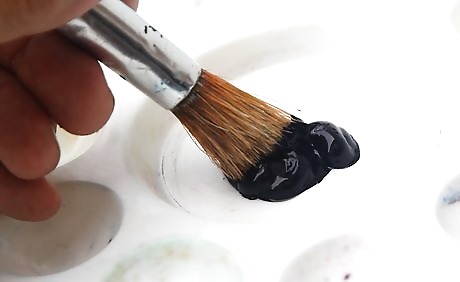
Use a stencil brush. Dip into the acrylic paint but here is the trick––only dip just the edge of the brush and do not apply too much paint. Thin layers are the most effective for acrylic paint stenciling. Rub off any excess paint if needed, using paper towel or an old rag. A stencil brush has a wide, flat surface. It's ideal for picking up a thin layer of paint. A soft stencil brush with natural bristles is the best choice; do not use synthetic ones or any other sort of paintbrush. Use a large stencil brush for large canvas areas, a small one for daintier and smaller areas.
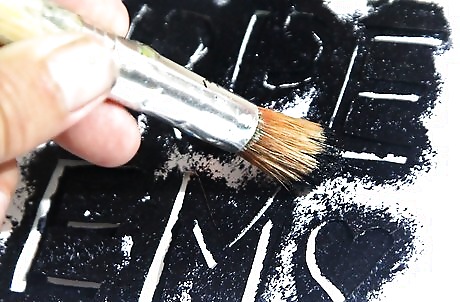
Dab the brush over the canvas, inside the stencil. Take a lot of care at the edges; do not push the brush under the stencil.
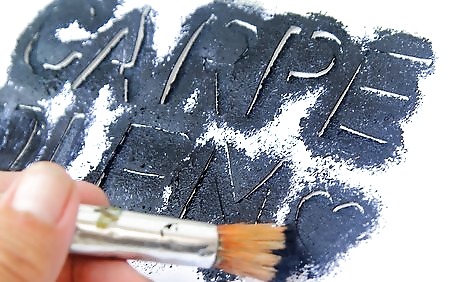
Continue until you've covered the stenciling area on the canvas. Remove the brush.
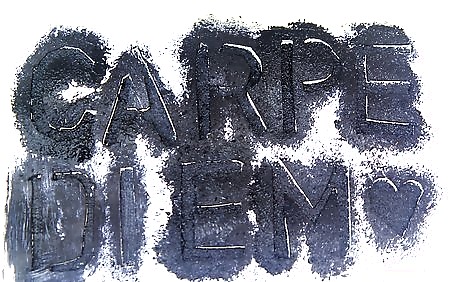
Allow to dry completely. Apply other colors or areas only after the first one has dried, to avoid accidental smudging from your hand movements. Fortunately, acrylics dry quickly.

Remove the stencils when done. Carefully pull away. The stenciled print will now be completed.
Stenciling fabric

Choose a stencil. The stencil design will need to fit on the fabric. If you're overlaying stencils, plan this out in advance. If your stencil is made from a thinner material (like printer paper), be sure to cut the edges precisely. Use thin slivers of tape under any edges that may fold over or stick up during the paint application, to avoid smearing or paint bleeding over the edges
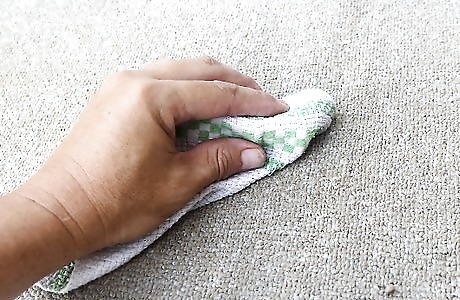
Use a semi-damp (or dry, both work well) sponge instead of a brush. Sponging will cover more area and lessen the risks of smears from difficult edges/angles. Mainly all types of sponge works––kitchen, makeup, etc.

Lightly press the sponge onto a thin layer of paint. Don't apply too many layers. Over application of acrylic is what leads to that bulky stiffness.
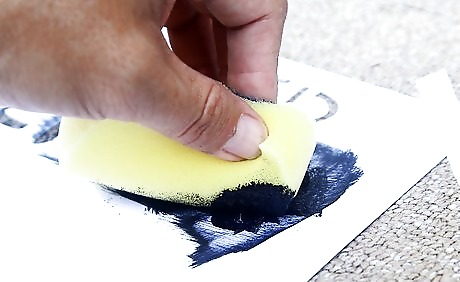
Gently dab the sponge over the stencil until you're satisfied with the coverage.
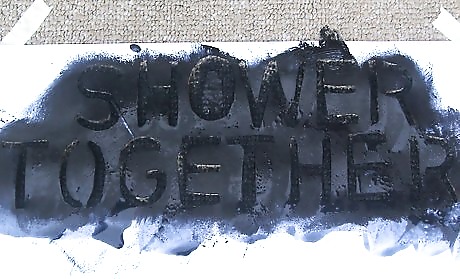
Let dry. If you'd like, once you're stencil has dried completely, run through the quick cycle in your washing machine for extra softness.




















Comments
0 comment